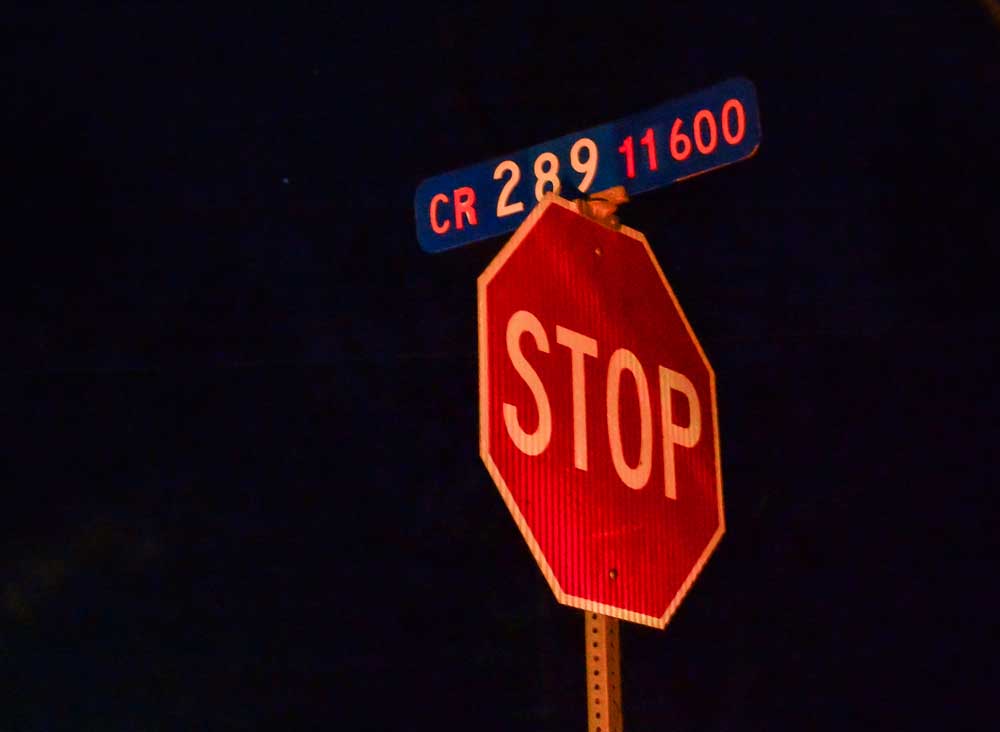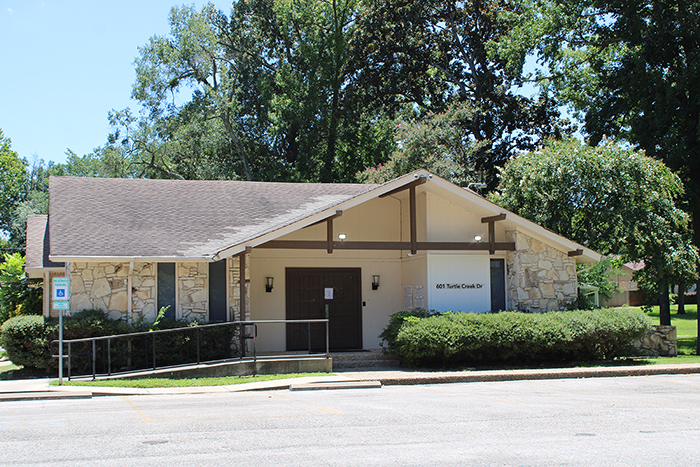College assistance for veterans in need
Published 7:46 pm Tuesday, March 24, 2015
The best assistance is targeted assistance. The best kind of aid is aid that goes where it’s needed.
That’s why the Texas Legislature is right to back off from its pledge to provide college tuition and fees to qualifying veterans and children of veterans. It’s a program that has done much good, but has simply grown too big and too expensive.
Trending
What’s more, it’s redundant. Veterans who need help with college already qualify for many federal programs, including the GI Bill and Pell Grants and student loan guarantees.
“For decades, veterans went to public universities and colleges under the Hazlewood Exemption, which kicks in after federal benefits under the G.I. Bill are exhausted,” the Associated Press reports. “But the price tag has increased sevenfold since 2009, when legislators in Texas — which has the country’s second-highest veteran population, 1.7 million — allowed the benefit to be passed on to veterans’ children under a legacy provision.”
That number has grown.
“About 39,000 Texas residents used the benefit last fiscal year, at a cost of $169 million, according to the Texas Legislative Budget Board,” AP explains. “That’s 576 percent more than before the legacy expansion, when only about 10,000 used the exemption at a cost of nearly $25 million. … Of the 10 states with the most veterans, only Illinois and Texas waive all tuition and fees for veterans who meet program requirements, according to a Texas Legislative Budget Board report. And Texas is the only state of the 10 to offer full tuition and fee waivers to children, the report said, a decision made in 2009 in tandem with expanding the benefit to include spouses of veterans who were injured, missing or killed in action.”
We must support our veterans.
But a big part of that is ensuring that Texas remains a growing, prosperous state, free from the burdensome high taxes that drive down entrepreneurial opportunity in other states.
Trending
Making promises is easy; paying for them is more complicated.
But there’s no false dichotomy here; state lawmakers don’t need to choose between a good economy and helping the vets who need help.
Right now, all students who need help with college costs get it through the need-based Pell Grant program. Even veterans.
“The maximum amount of a Pell Grant award today is just under $6,000 a year,” the Washington Post explains. “Average community college tuition is approximately $4,000, not including the cost of additional fees, books, transportation, food, child care (if applicable) and other expenditures.”
As the Post notes about President Barack Obama’s plan to provide free community college for all students, aid that isn’t targeted isn’t aid — it’s a freebie for those who don’t need it.
“The president’s proposed America’s College Promise is of no added value to our least privileged students,” the Post writes. “They are already eligible for free tuition at community colleges via the current Pell Grant program. Thus the president’s plan would primarily subsidize the community college tuition of more well-off students.”
Let’s keep helping our veterans — the ones who need it.







